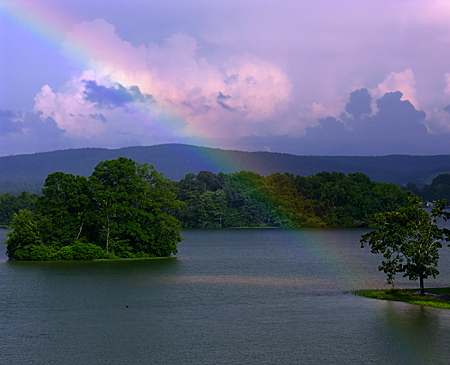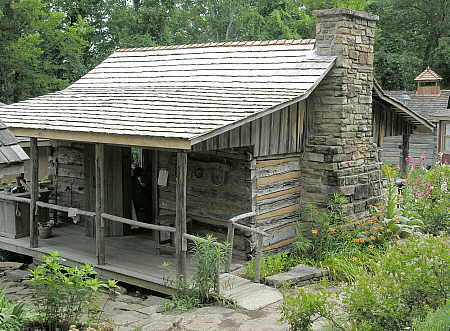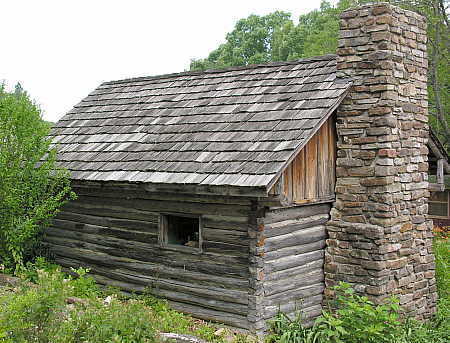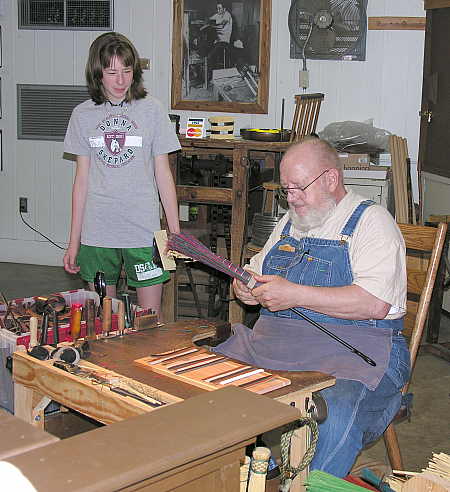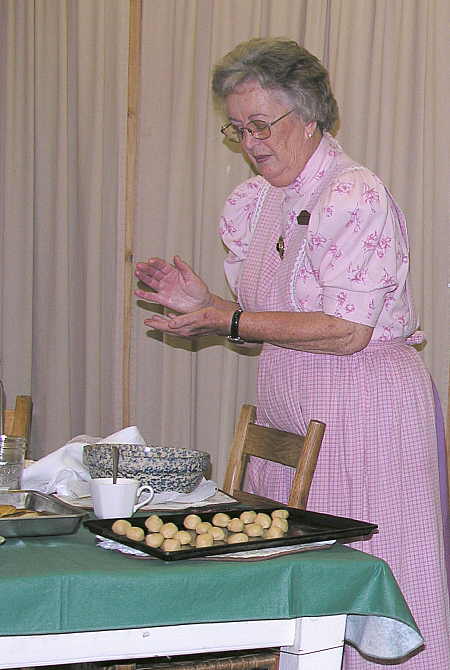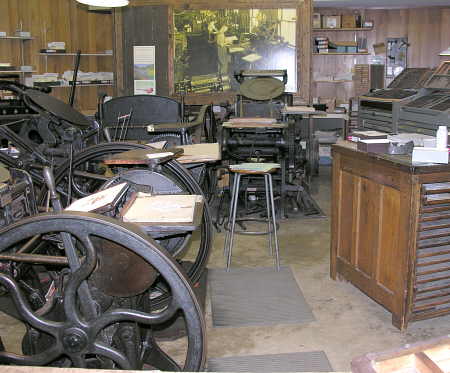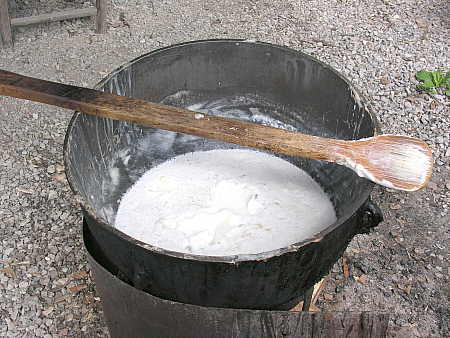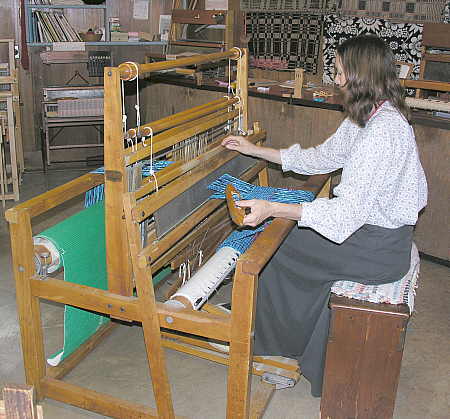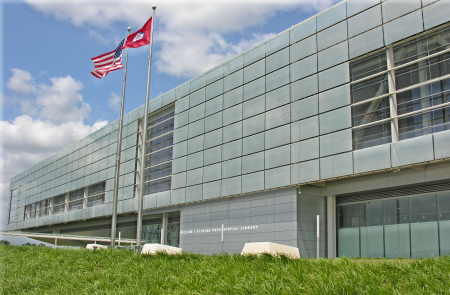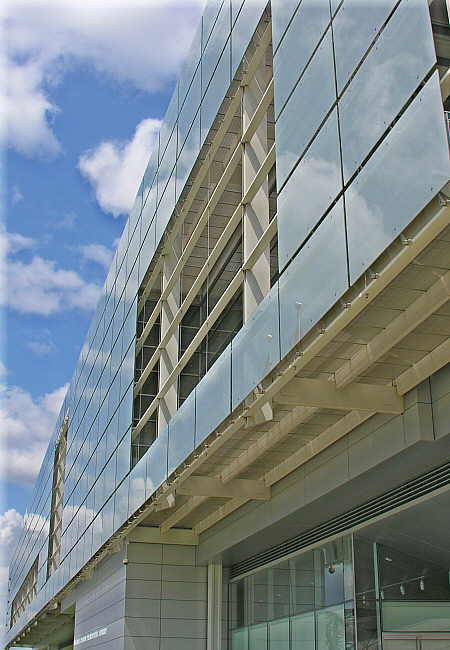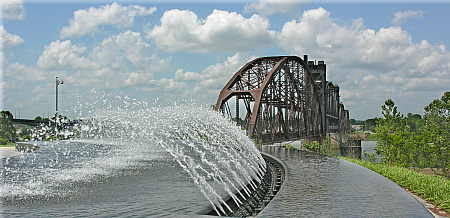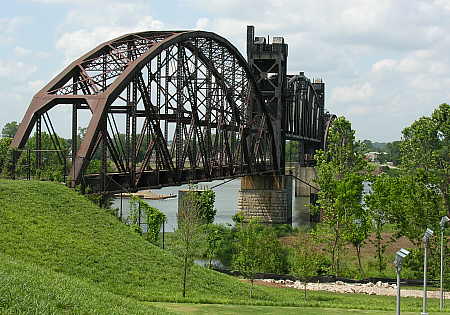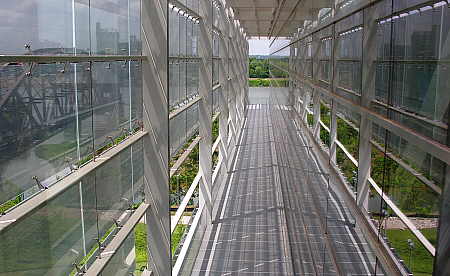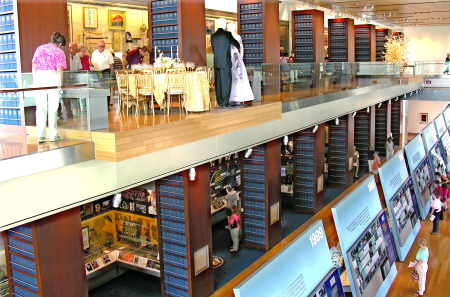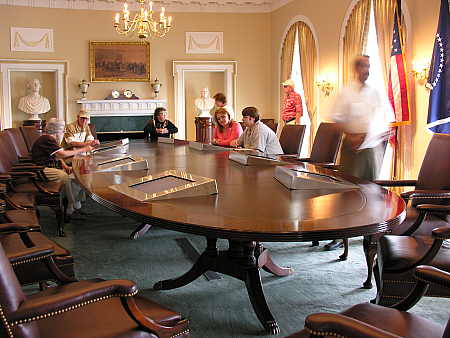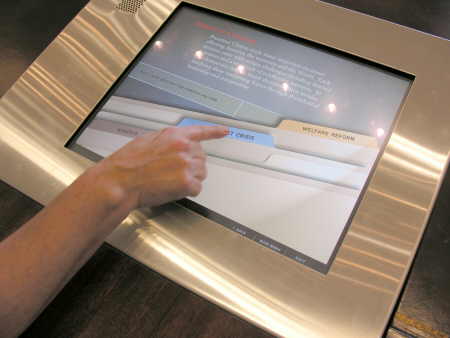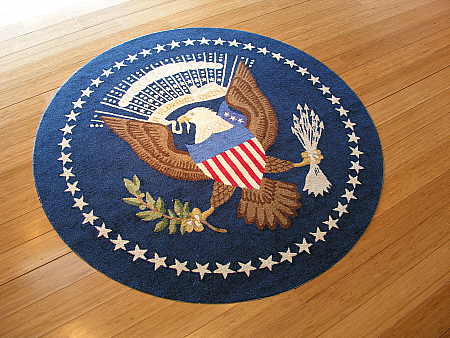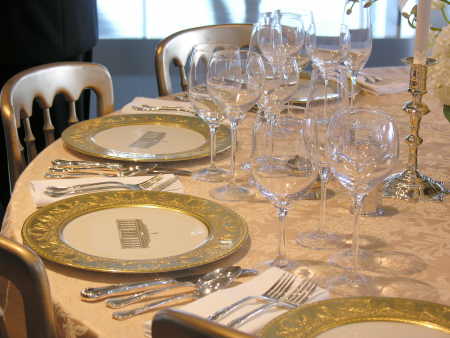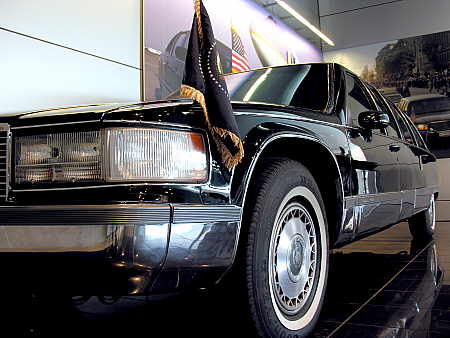Hot Springs National Park, Arkansas
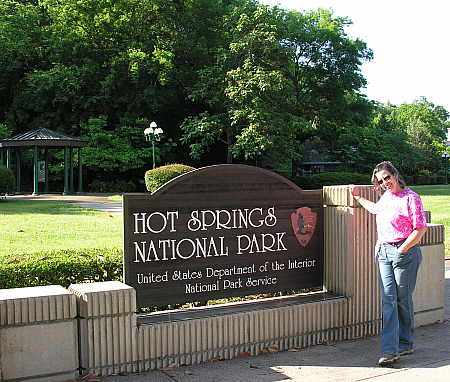
Hot Springs National Park lies within the city of Hot Springs, Arkansas, approximately 50 miles southwest of the capital city of Little Rock.  Hot Springs Reservation was established by Congress in 1832, and transferred to the National Park Service in 1921, making it the oldest property in the National Park Service inventory, even older than Yellowstone National Park. The predominant feature of HSNP are the 47 protected hot springs which flow freely from the ground, and the eight historic bathhouses which are located on the famous “Bathhouse Row.”
There is a public observation tower located on a mountaintop above Hot Springs, and for a nominal charge you can ride an elevator to the top of the tower. From the observation deck you are afforded a 360 degree view of the surrounding area. The area known as “Bathhouse Row” is located below the tower, and the view of the town from up high is shown in the following photograph-
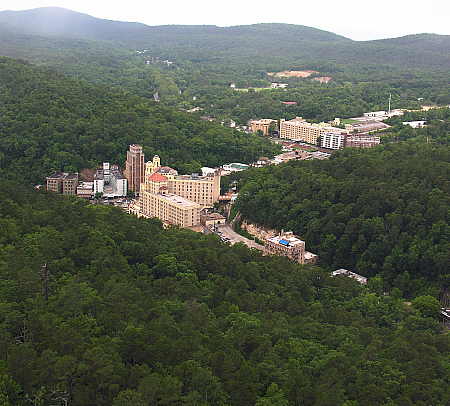
The bathhouse row area is worthy of exploration. The buildings in this area have been preserved and restored, and the architectural styles are varied and beautiful.  This bell tower is just one of many interesting features that can readily be viewed from the street.
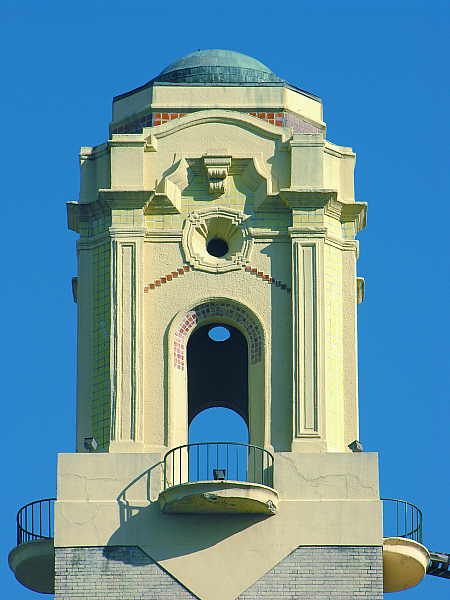
On a terrace just above bathhouse row there exists a beautifully tranquil and inviting hiking path which is constructed from brick formed into intricate patterns.
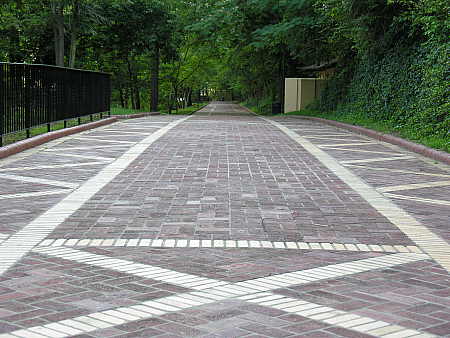
Along this path are many of the protected hot springs from which the town (and park) were named. The photograph below is just one example of the many springs along the cobblestone lined walkway.
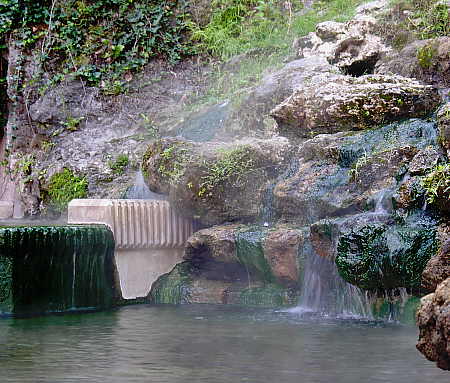
There are eight historic bathhouses located along bathhouse row. At this time, five are operating and open to the public, with steam baths, sitz baths, and massages as part of the services offered to visitors for a fee. The National Park Service has set up it’s headquarters and visitors center at the old Fordyce Bathhouse near the center of bathhouse row. The Fordyce Bathhouse is not operational, but rather is restored and open to the public for self-guided tours. It is very interesting to tour the Fordyce Bathhouse. You will see many beautiful stained glass works of art, such as this stained glass ceiling located on the top floor of the building.
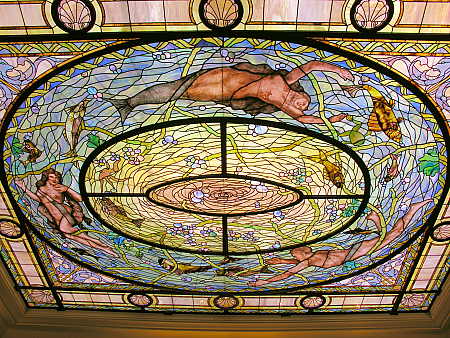
Within the Fordyce Bathhouse you will also encounter unexpected works of fine art, such as the sculpture shown in the photograph that follows.Â
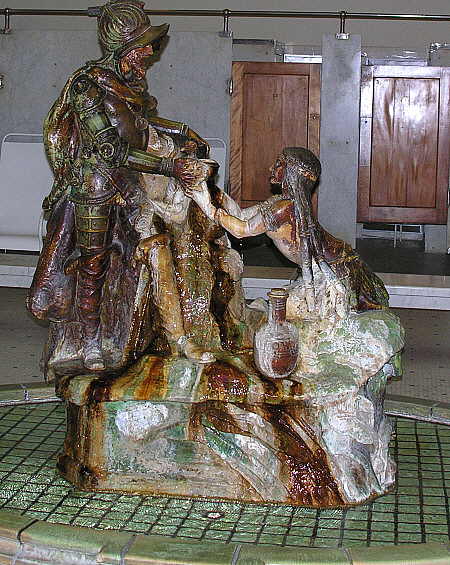
For those interested in the actual workings of a bathhouse, the Park Service has done an admirable job of preserving the equipment that is necessary for a bathhouse’s operation. The photograph below shows a control manifold that is used to regulate the temperature of the spring water before it is introduced into the baths and showers.
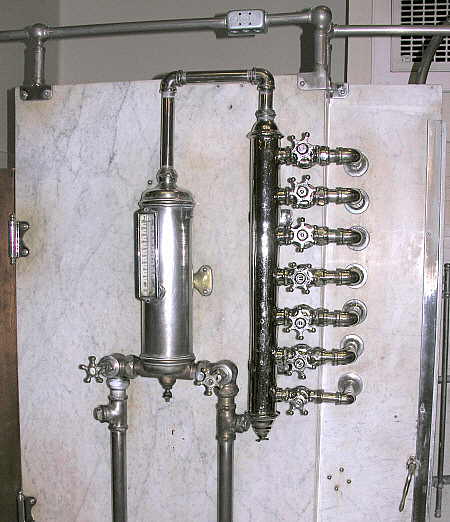
The sweat chambers shown in the next photograph were a very popular part of the bathhouse experience. Personally, I think they look like instruments of sadistic torture, and I do not think I would have opted to enter one without coercion.
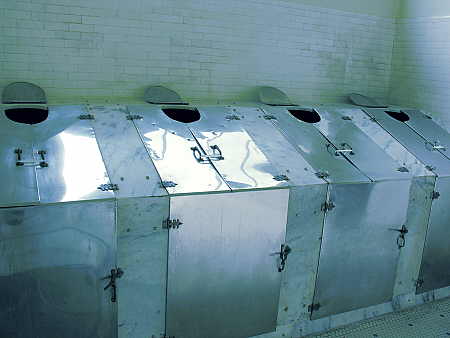
After a ride up to the top of the observation tower, followed by a foot tour of the historic buildings along Bathhouse Row, a look around the Fordyce Bathhouse, and perhaps some bathing in one of the five operational bathhouses, you might enjoy taking a ride around Lake Hamilton, which is located just south of the town of Hot Springs. If you are lucky, you might just find an elusive pot o’ gold at the end of a rainbow!
